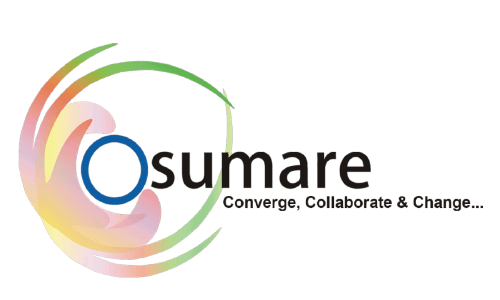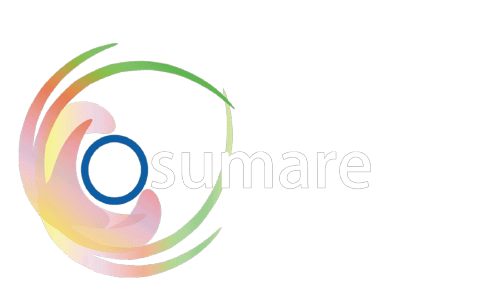In the fast-evolving digital landscape, SEO (Search Engine Optimization) remains one of the most effective strategies for driving organic growth. But success doesn’t come from guesswork—it requires careful measurement, smart prioritization, and flawless execution.
In this blog, we’ll walk you through how businesses can build a sustainable SEO roadmap by focusing on these three pillars.
1. Measuring SEO Success
The foundation of any SEO strategy is knowing where you stand and what’s working. Without proper measurement, you can’t identify opportunities or prove ROI.
Key Metrics to Track
Organic Traffic: Monitor how many users land on your site via search.
Keyword Rankings: Track visibility for primary and secondary keywords.
Click-Through Rate (CTR): See if your titles and meta descriptions attract clicks.
Conversions & Leads: Evaluate how well your SEO efforts translate into business results.
Engagement Metrics: Bounce rate, dwell time, and session duration highlight user experience.
Backlink Profile: Quality inbound links improve domain authority and trust.
Essential Tools for Measurement
Google Search Console – Insights into queries, impressions, and indexing.
Google Analytics 4 – Traffic sources, conversions, and behavior tracking.
SEMrush / Ahrefs / Moz – Competitor benchmarking and keyword tracking.
Screaming Frog – Technical audits to identify site issues.
Pro Tip: Set up a reporting dashboard so stakeholders can see progress at a glance.
2. Prioritizing SEO Efforts
SEO covers a wide range of tasks, but not all of them are equally urgent. A structured prioritization framework ensures your time and resources go into activities that drive maximum results.
How to Prioritize
ICE Method (Impact, Confidence, Effort): Rank tasks by how impactful they are, how confident you are in the outcome, and how much effort they take.
Quick Wins vs. Long-Term Investments: Fix broken links or missing meta tags quickly, while also building long-term strategies like content clusters and backlink campaigns.
Align with Business Goals: If conversions are the primary goal, focus on optimizing landing pages and intent-driven content first.
High-Priority SEO Areas
Technical SEO: Site speed, mobile optimization, indexing, and crawlability.
On-Page SEO: Keyword mapping, internal linking, titles, and schema markup.
Content Strategy: Create and update blogs, guides, and landing pages aligned with user intent.
Local SEO: Crucial for businesses targeting regional audiences.
Link-Building: Focus on earning high-quality, relevant backlinks.
3. Executing SEO Strategies
Execution is where your planning turns into measurable outcomes.
Technical SEO Execution
Optimize Core Web Vitals (LCP, CLS, FID).
Fix duplicate content, redirects, and broken links.
Submit XML sitemaps and maintain a clean robots.txt.
On-Page SEO Execution
Craft compelling meta titles and descriptions.
Structure pages with proper heading hierarchy (H1, H2, H3).
Use internal links to distribute authority strategically.
Content Execution
Build content clusters and pillar pages to dominate niche topics.
Refresh outdated content to maintain relevance.
Optimize content for featured snippets, FAQs, and People Also Ask.
Off-Page SEO Execution
Earn backlinks through guest posts, PR outreach, and industry mentions.
Leverage brand partnerships and digital PR campaigns.
Establish E-E-A-T (Experience, Expertise, Authoritativeness, Trustworthiness).
Continuous Monitoring
Run regular SEO audits.
Track monthly performance with custom dashboards.
Adapt strategies based on insights and competitor trends.
The Takeaway
SEO success doesn’t happen overnight—it’s the result of consistent, data-driven action. By following the cycle of Measure → Prioritize → Execute → Measure again, businesses can build a strong foundation for long-term search visibility.

